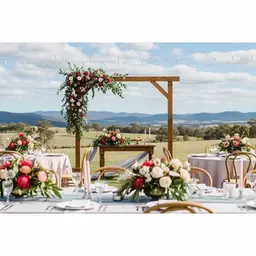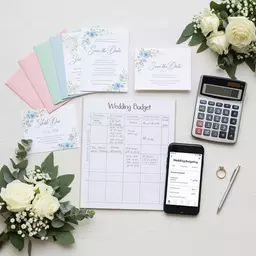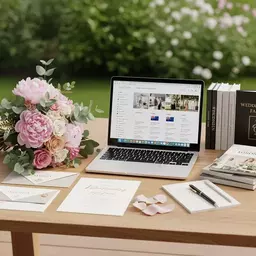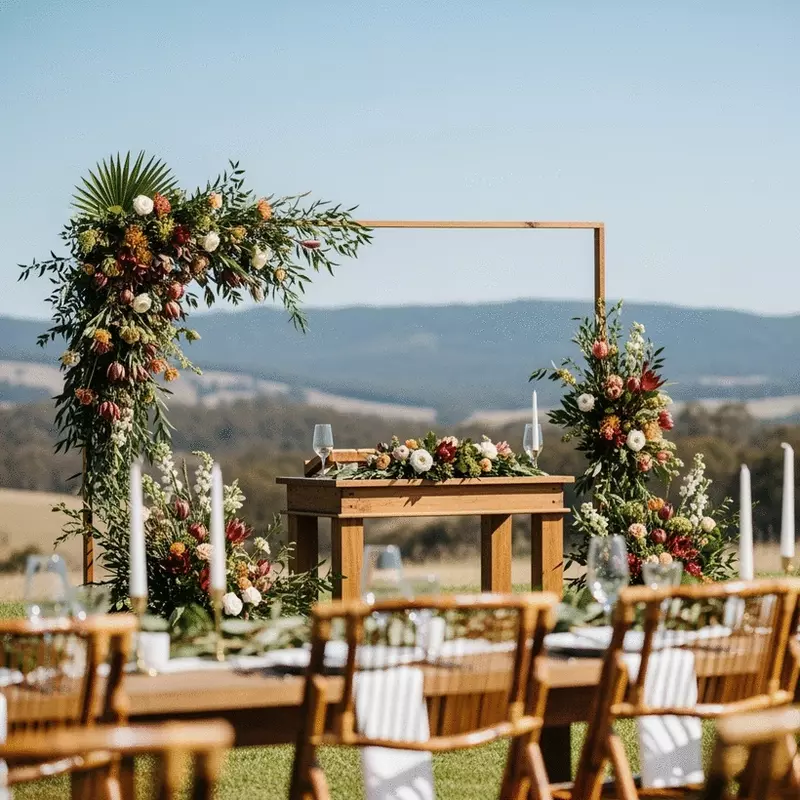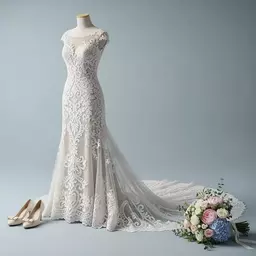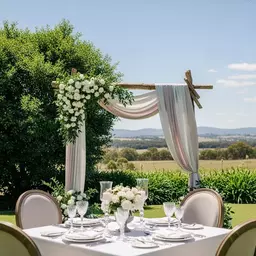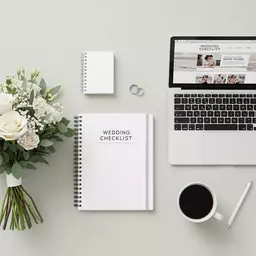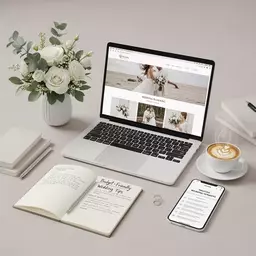Bridal Trends Through the Years
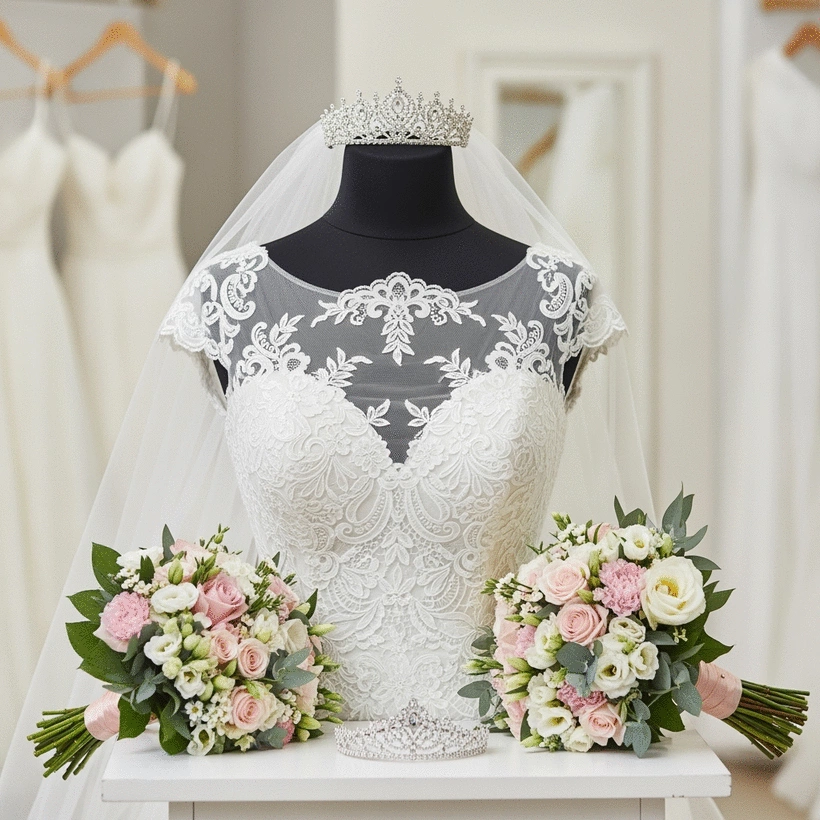
The journey of bridal fashion is both a reflection of societal changes and an expression of individual identity. As you delve into the historical and cultural evolution of wedding attire, imagine how each era and tradition shapes the choices available to modern brides today.
What You Will Learn
- Bridal fashion has evolved from opulent gowns to modern, minimalist silhouettes, mirroring societal values and traditions.
- The iconic white wedding dress, popularized by Queen Victoria, marked a significant shift in bridal trends and opened the door for diverse styles.
- Cultural influences play a crucial role in shaping wedding styles, with each culture contributing unique colors, fabrics, and traditions.
- Modern brides are increasingly personalizing their wedding styles, moving away from traditional norms to celebrate individuality and creativity.
- Sustainable wedding options are becoming more popular, with couples seeking eco-friendly choices that reflect their values.
Bridal Fashion Through the Ages: Key Trends and Cultural Influences
Delve into the fascinating evolution of bridal fashion and the diverse cultural elements that shape wedding styles.
Evolution of Bridal Fashion Eras
Cultural Influences on Wedding Styles
The Historical Journey of Bridal Trends
As a wedding planner, I've always been fascinated by how bridal fashion has evolved over the years. The journey of bridal trends reflects not just changes in style, but also the shifting values and traditions of society. From the grand, opulent gowns of the past to the sleek and modern silhouettes we see today, each era has its own unique flair! For a deeper dive into what's next, explore the bridal trends for 2025 couples.
Understanding this evolution can help us appreciate the choices available to modern brides. For instance, did you know that the iconic white wedding dress, popularized by Queen Victoria in 1840, was once a radical departure from the traditional colorful gowns? This shift marked a significant moment in bridal fashion history and paved the way for a variety of styles to emerge.
Understanding Bridal Fashion Through the Ages
Bridal fashion has gone through a remarkable transformation, influenced by cultural shifts and historical events. In the early 20th century, for example, brides began to embrace more practical and simpler designs, reflecting the changing roles of women in society. As we moved into the 1960s and 70s, the rise of bohemian styles and relaxed silhouettes mirrored the counterculture movement of the time.
- Victorian Era: Opulent fabrics, intricate lace, and long train gowns.
- 1920s: Flapper styles with shorter hemlines and Art Deco influences.
- 1970s: Bohemian vibes with flowing fabrics and relaxed fits.
- Modern: Minimalism, personalized styles
As we explore these styles, it's essential to recognize how each generation's bridal fashion tells a story of its own. The way brides choose to express themselves through their attire continues to evolve, allowing for greater individuality and creativity in today's weddings.
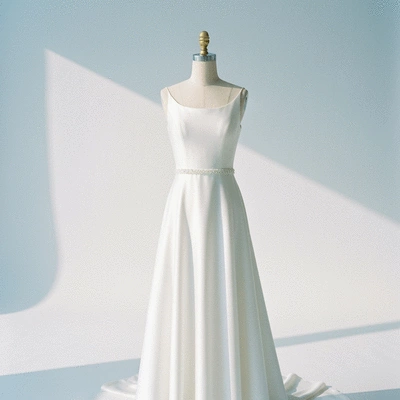
Cultural Influences on Wedding Styles
The global tapestry of bridal trends is rich and varied, shaped by diverse cultural backgrounds. As a wedding planner, I often see how these cultural influences manifest in unique ways, creating beautiful and personalized celebrations. For instance, traditional Indian weddings feature vibrant colors and intricate designs, while Western weddings might lean towards understated elegance. It's crucial to choose trusted Australian wedding vendors who understand and can execute cultural nuances.
- Asian Influences: Red and gold colors symbolize good fortune in many cultures.
- African Traditions: Bright patterns and beading in attire showcase cultural heritage.
- European Styles: Lace and regal themes, harking back to royal traditions.
- Indigenous Practices: Unique rituals and attire reflecting deep cultural roots.
Each culture brings its flair to wedding styles, making it essential for brides to consider their backgrounds when choosing their bridal attire. The blend of tradition and modernity leads to stunning celebrations that honor both past and present, ultimately reflecting the couple's shared journey.
Navigating the Modern Wedding Style Landscape
In today’s wedding industry, the landscape of styles is more diverse than ever! As I guide couples through their planning journey, I often highlight the latest in bridal trends that are making waves right now. The key is to stay informed and open-minded while selecting the perfect elements that align with your vision.
Modern brides are increasingly looking for ways to express their individuality through their wedding choices, resulting in a beautiful amalgamation of styles and themes!
We Want to Hear From You!
As you explore the fascinating world of bridal trends, what style resonates most with you? Are you drawn to the vintage charm of classic gowns, or do you prefer the sleek lines of modern designs? Share your thoughts with us!
Summarizing the Evolution of Bridal Trends and Style Selection
As we look back on the evolution of bridal trends, it's clear that the journey has been both fascinating and transformative. From the classic, traditional gowns of yesteryears to the innovative styles we see today, the bridal fashion landscape is a reflection of cultural shifts and personal expressions. It's important to remember that your wedding style is not just about following trends; it's about embracing what resonates with you.
Personalizing your wedding style allows you to create a day that truly reflects your unique story. Whether you lean towards a vintage charm or a modern aesthetic, the freedom to choose what feels right for you is what makes the planning process so special. Remember, your wedding is a celebration of your love, and your style should echo that sentiment!
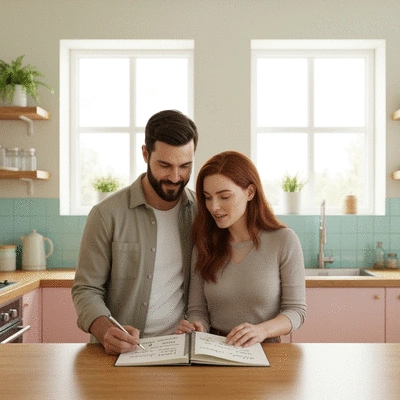
Next Steps for Your Wedding Style Journey
Now that you have a clearer understanding of bridal trends and styles, it's time to take the next steps in your wedding planning journey. Start by exploring local bridal services that align with your vision. This can include finding the perfect bridal boutique, a talented wedding planner, or a skilled florist who can bring your ideas to life. For a stress-free planning experience, consider these stress-free Australian wedding planning steps.
- Research local boutiques that offer dresses in your desired style.
- Consult with wedding planners who understand your vision and can guide you.
- Attend bridal expos or showcases to connect with vendors and get inspired.
By actively engaging with the right services, you can ensure that your wedding style reflects your personality and preferences. And don't forget to enjoy the process – this is your unique journey!
Exploring Sustainable and Eco-Friendly Wedding Options
In today's world, many couples are increasingly considering sustainable weddings as a way to celebrate their love while being mindful of the environment. From sourcing locally-made dresses to incorporating eco-friendly decorations, there are countless ways to plan a beautiful wedding that aligns with your values.
Here are some practical tips for planning an eco-friendly celebration:
- Choose a venue that emphasizes sustainability, such as a location that uses renewable energy.
- Opt for seasonal flowers and local produce for catering to minimize carbon footprints.
- Consider a second-hand wedding dress or renting attire to reduce waste.
By making conscious choices, you can create a memorable wedding that not only celebrates your love but also respects our planet. Remember, every small step counts in making a positive impact!
Frequently Asked Questions About Bridal Fashion and Trends
Q: How has bridal fashion evolved over time?
A: Bridal fashion has transformed significantly, reflecting societal changes. It moved from opulent Victorian gowns to flapper styles in the 1920s, bohemian looks in the 1970s, and now embraces minimalism and personalized styles, showing a clear evolution from traditional norms to individual expression.
Q: What impact did Queen Victoria have on bridal fashion?
A: Queen Victoria popularized the white wedding dress in 1840, which was a radical departure from the traditional colorful gowns worn at the time. This choice marked a significant shift in bridal fashion history, making white a traditional color for weddings and influencing diverse styles that followed.
Q: How do cultural influences shape wedding styles?
A: Cultural influences play a crucial role in shaping wedding styles through unique colors, fabrics, and traditions. For instance, Asian cultures often use red and gold for good fortune, African traditions showcase bright patterns and beading, and European styles emphasize lace and regal themes. These influences create rich and varied bridal aesthetics.
Q: What are modern brides looking for in wedding attire?
A: Modern brides are increasingly seeking personalized styles that reflect their individual identities. They are moving away from strict traditional norms to embrace minimalism, unique elements, and choices that resonate with their personal story, allowing for greater creativity in their wedding day look.
Q: What are sustainable wedding options?
A: Sustainable wedding options involve making eco-friendly choices to reduce environmental impact. This can include choosing venues that use renewable energy, opting for seasonal and local produce for catering, considering second-hand or rented wedding attire, and incorporating eco-friendly decorations.
Recap of Key Points
Here is a quick recap of the important points discussed in the article:
- Bridal fashion has evolved significantly, reflecting societal changes and cultural shifts.
- The iconic white wedding dress symbolizes a pivotal change in bridal trends since Queen Victoria's era.
- Cultural influences contribute to a rich diversity in wedding styles, from vibrant Indian traditions to elegant European themes.
- Modern brides prioritize individuality, incorporating personalized elements into their wedding styles.
- Sustainability is becoming an important focus for couples planning eco-friendly weddings.
- Engaging with local vendors can enhance the personalized touch of your wedding planning journey.
